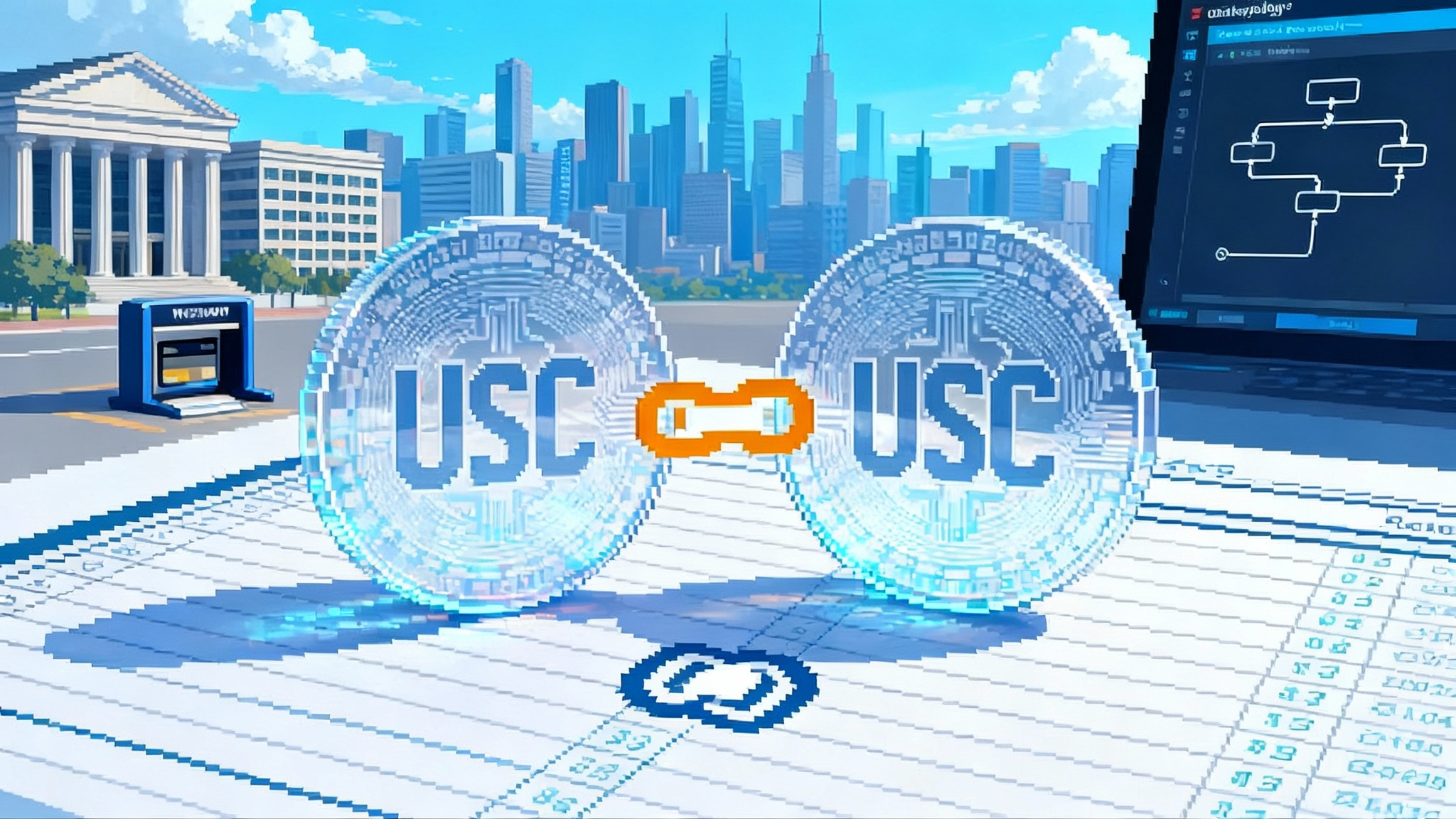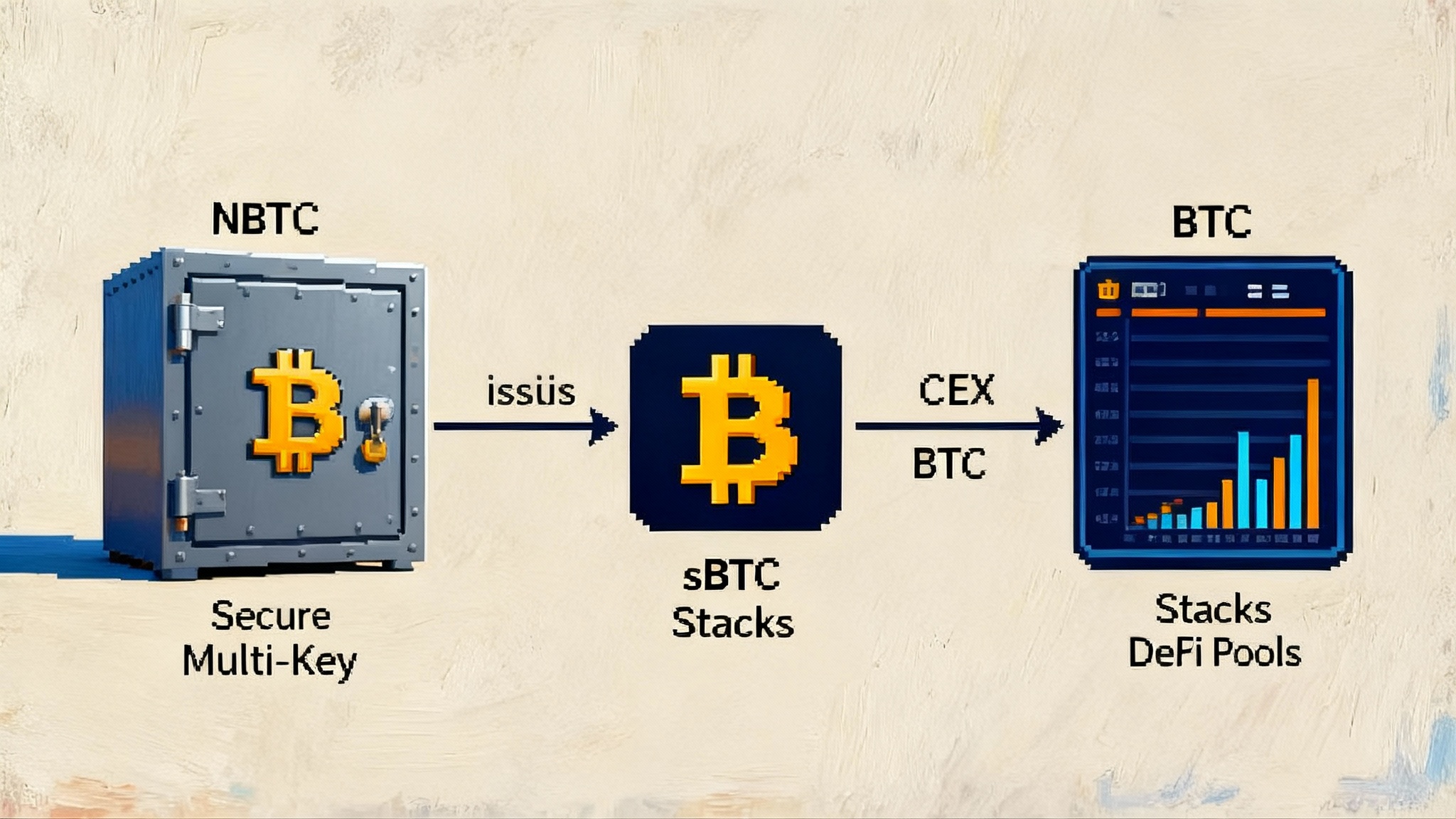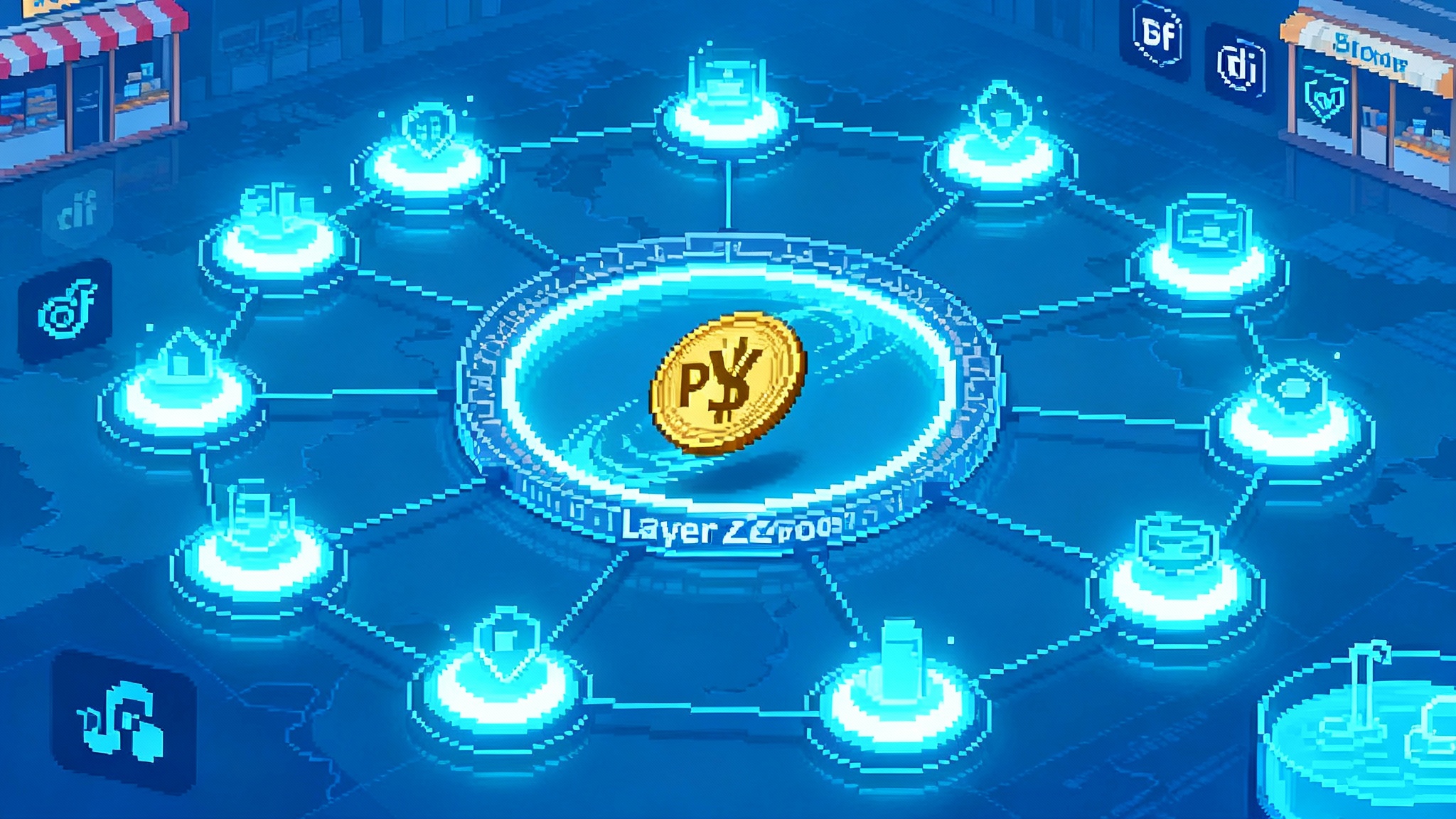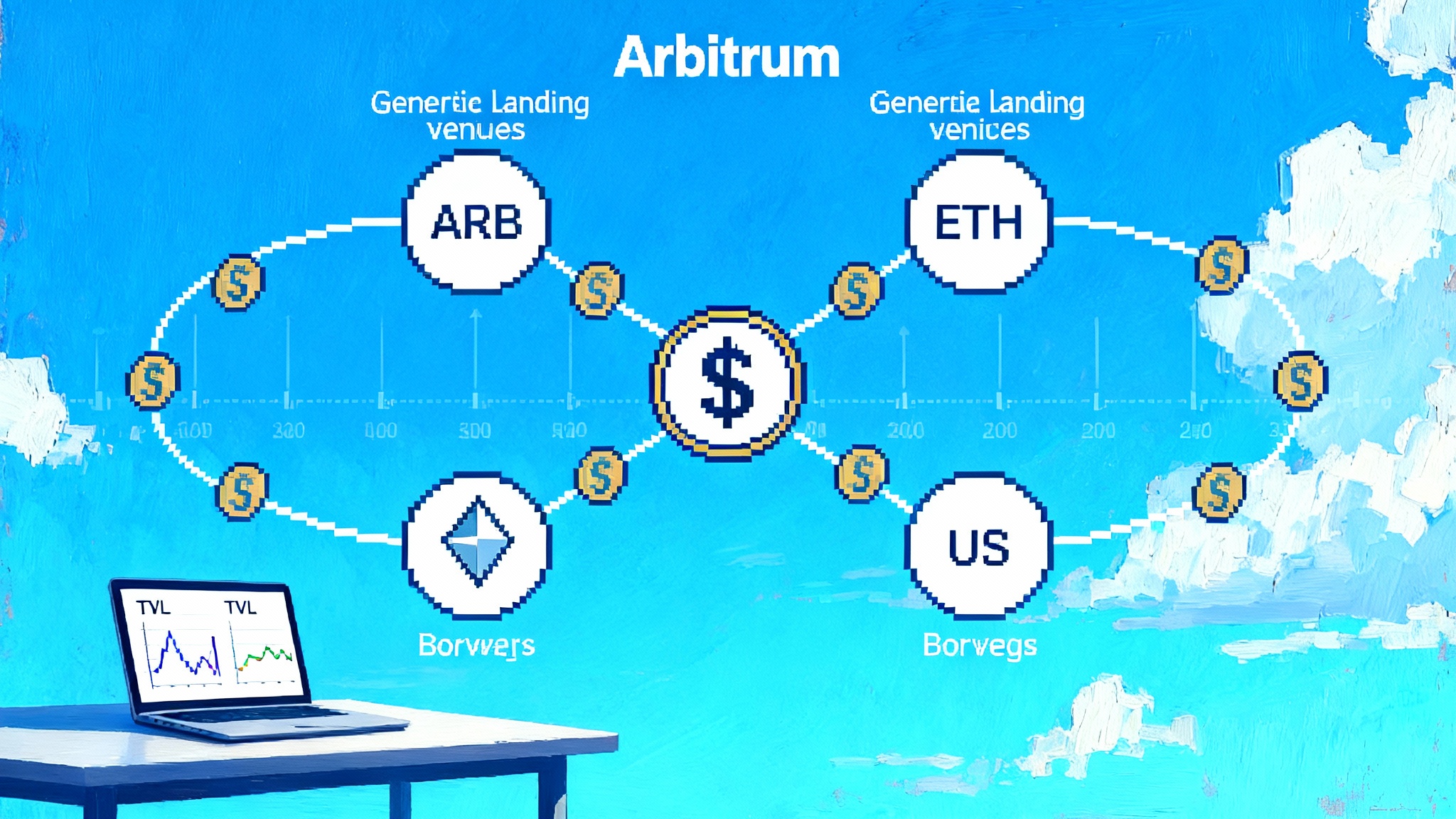Starknet’s leap to decentralized sequencers, tested by a reorg
On September 1, 2025, Starknet shipped v0.14.0 with decentralized sequencers, Tendermint-style consensus, pre-confirmations, and EIP-1559 fees. A day later it faced an outage and two reorgs. Here is what changed, what broke, and what builders should do next.

The milestone and the mess
On September 1, Starknet flipped the switch on v0.14.0, a release that trades the comfort of a single sequencer for a rotating set of independent sequencers that coordinate through a Tendermint-style consensus. It also introduces a new fee market modeled on Ethereum’s EIP-1559 and a user-facing notion of pre-confirmations for sub-second feedback. The promise is simple to state and hard to deliver: better throughput, faster perceived confirmation, and a network that no longer depends on one box. The official v0.14.0 version notes make that case clearly.
Then came the very next day. On September 2, Starknet halted, rolled back roughly an hour of activity, resumed, and later executed a second, smaller reorg. That is not the headline the team wanted. It is, however, exactly the kind of turbulence you should expect when a rollup graduates from training wheels to a bicycle that can steer itself. The proper question is not whether there was a wobble. It is whether the architecture contained the wobble, whether the fixes were specific and credible, and what builders should now change in their own runbooks.
What actually changed in v0.14.0
Think of a single sequencer as a busy restaurant with one chef and one pass. Orders arrive, the chef chooses the order, plates dishes, and the pass sends them out. It is simple and fast until the chef gets sick. Starknet’s new design swaps the single chef for a small brigade. Three sequencers keep their own mempools, take turns proposing blocks, and reach agreement through a Tendermint-style mechanism. That change has four big effects:
-
Independent mempools and rotation. Transactions do not live in one global queue anymore. Each sequencer has its own view of what is pending. Rotation ensures no single operator permanently defines ordering.
-
Pre-confirmations. Users and wallets can see a CANDIDATE then PRE_CONFIRMED status in well under a second in the common case. The docs place typical latency around half a second, which is the difference between a web page that feels snappy and one that feels laggy.
-
A fee market for L2 gas. EIP-1559 style base fee plus priority fee gives both predictability and a knob for urgency. The base fee adjusts with demand, and the tip lets a user jump ahead when it truly matters.
-
Proving amortization. The proving pipeline now batches multiple blocks as inputs, which reduces amortized costs and helps the prover keep pace during busy periods.
These parts interact. Rotation changes how ordering works. Pre-confirmations expose that ordering to users sooner. The fee market changes the incentives around getting into a given block. And the prover architecture defines what happens if any of the above goes offline or gets out of sync.
What went wrong on September 2
The incident reads like three dominoes, each falling into the next. In the project’s own incident report for September 2, the team describes the sequence:
-
Divergent Ethereum reads. The three L2 sequencers observed different states of Ethereum when consuming Layer 1 events. One sequencer proposed transactions triggered by messages that others could not validate. That gummed up block approvals and slowed the network.
-
Manual intervention with missing safety checks. Operators attempted to resolve the divergence by resetting individual sequencers. The manual path skipped validations that the automated flow would normally enforce. Two conflicting L2 blocks were produced by different sequencers. Restoring correctness required a reorg.
-
A blockifier bug. After the first reorg, certain Layer 1 to Layer 2 messages were reprocessed in a way that assumed earlier L2 transactions had already executed. When those assumptions failed, some transactions reverted. A bug in the blockifier’s handling of reverted L1-driven transactions surfaced. That required a hotfix and a second, smaller reorg.
Two things are notable. First, the proving layer functioned as a backstop by refusing to generate proofs for inconsistent batches. That is exactly what validity rollups are supposed to do when the sequencing layer misbehaves, whether by bug or by malice. Second, the fixes are not hand waving. Increasing the number of consensus participants, hardening external dependency handling around Ethereum nodes, and reducing the need for manual intervention are concrete steps that address the precise failure modes that showed up.
Why shedding the single sequencer is messy, and necessary
Single sequencers optimize for simplicity and latency. They also concentrate control. The move to decentralized sequencing introduces coordination overhead and the risk of disagreement. That is the trade. The benefit is resilience. It is the difference between a single generator in a storm and a small microgrid. When power lines come down, a microgrid can island and recover without a single point of failure taking everything dark. For a parallel push on assurance, see how enterprise teams think about verifiability as a service.
For rollups that aim to reach what the community calls Stage 2 decentralization, this transition is unavoidable. If your threat model includes a misbehaving sequencer, then your architecture must tolerate a wrong or unavailable proposer without losing safety. The September 2 event is not evidence that decentralization was a mistake. It is evidence that those failure paths are finally being exercised in production, observed, and eliminated.
Implications for other stacks
OP Stack chains moving through fault proof upgrades
OP Stack chains have been marching through a series of fault proof upgrades and governance approvals to enable permissionless validation of withdrawals. Moving from a permissioned proposer to permissionless proposals and challenges is a shift in operational reality for every bridge, centralized exchange, and wallet that interacts with these chains. The upgrades alter the bridge contract behavior, the meaning of a proposed output, and the lifecycle of a withdrawal across the prove and finalize steps. The safest assumption for any team touching withdrawals is that an upgrade can invalidate in-flight proofs that have not yet been finalized, and that your app must detect and reprobe those cases automatically.
The lesson from Starknet’s reorgs is directly relevant. Decentralizing a critical subsystem exposes edges where your application logic quietly depended on a single global view. If your monitoring, alerting, or user messaging assumes one canonical timeline, you will surprise users the moment the timeline diverges. OP Stack builders should treat their fault proof milestones the way pilots treat recurrent training. Build routine drills for stalled withdrawals, challenge events, and replay of failed messages. Run them.
Arbitrum’s BoLD timeline
Arbitrum’s BoLD dispute protocol is designed to bring permissionless validation and a reworked challenge game to Arbitrum chains. As it rolls out across networks, node software and on-chain contracts upgrade in lockstep. That is not just a protocol detail. It is a change window that can invalidate assumptions in withdrawal dashboards, settlement schedulers, and risk models. BoLD shifts the time profile and incentives of disputes. If your integration was tuned to an old challenge period or to the behavior of a permissioned validator, recheck the logic against the current protocol configuration rather than the one you built for months ago.
The broader takeaway is that these upgrades put more of the safety and liveness surface in public view. Builders benefit because they can now reason about adversarial cases without trusting a single actor to be honest. Builders pay the cost in return by handling more edge cases in software, with monitoring that catches them early. For a contrast in L2 design choices, compare with MEV-aware L2 in Unichain.
A practical checklist for builders
You cannot control protocol bugs or upstream node hiccups. You can control your blast radius. Use this list to reduce it.
Bridges and withdrawal flows
- Track withdrawal state transitions explicitly. Persist each step with durable metadata: proposed output root, proof status, challenge status, finalization timestamp. Make resubmission a method, not a manual playbook.
- Assume upgrades will invalidate in-flight, proven but not finalized withdrawals. Build a detector that scans for proofs referencing pre-upgrade contracts and automatically reproves under the new contracts.
- For Starknet and similar validity rollups, treat reorg windows as normal operational risk. Keep a journal of L1 to L2 messages you submit and reconcile them against the eventual L2 state after any halt. If a message depends on prior L2 state, protect it with preconditions so that reprocessing cannot silently do the wrong thing.
- Prefer idempotent application logic. Deposits and withdrawals should be safe to replay. When not possible, use sequence numbers and contract-level guards to prevent double effects.
- Expose a clear user message for stalled withdrawals. Tell users exactly when you will auto retry and how long a stall is normal during and after an upgrade.
MEV, ordering, and pre-confirmations
- Treat PRE_CONFIRMED as probabilistic. It is a powerful user experience improvement, not a settlement guarantee. Align your product promises with the difference between PRE_CONFIRMED and proved. For checkout timing and UX benchmarks, see onchain checkout UX lessons.
- Tune priority fees for critical transactions. With an EIP-1559 style base fee, your safety valve is the tip. For automated systems, cap tips to avoid bid races and alert on unexpected base fee spikes.
- Expect cross-mempool effects. With multiple sequencers keeping distinct mempools, timing-based strategies that relied on a single queue can behave differently. Observe how often your transactions land with and without a tip across rotation.
- Add reorg-aware metrics to your order flow. If you market make or liquidate on L2, track order confirmation depth and reorg loss by strategy. Pull those numbers into risk and capital allocation.
Wallets and user interfaces
- Show the new statuses. Surface CANDIDATE and PRE_CONFIRMED early, then clearly separate proved from finalized. Users will forgive a short wait if the system explains itself.
- Make replace-by-fee easy. Allow users to bump tips on stuck transactions without guesswork. Pre-fill a safe tip range pulled from current mempool data.
- Keep nonce management visible. In reorgs, nonces and ordering surprises confuse users. Offer a one-click nonce cleanup that cancels or replaces conflicting transactions.
- Log the chain view your wallet used for each action. If Ethereum node divergence was part of the Starknet issue, it can be part of yours tomorrow. A breadcrumb trail makes support cases solvable.
Forward metrics to watch in the next one to three months
- Pre-confirmation latency distribution. Not the average, the 95th and 99th percentile. If P99 sits under one second and tightens over time, the user experience will feel crisp.
- Reorg depth and frequency. You want shallow and rare. Track both the count and the total reverted transaction minutes.
- Prover backlog and throughput. Watch how many blocks sit waiting for proofs and how that changes during peak demand. Rising backlog without catch up is a warning light.
- Sequencer rotation health. Measure missed turns, timeouts, and consensus retries. Improvement here maps directly to fewer halts.
- Fee volatility. Monitor base fee swings and how often your systems need to tip above target to meet a service level. If volatility drops, users will notice and trust costs more.
- L1 dependency health. Track error rates and latency across your Ethereum providers. Add synthetic checks that mimic the rollup’s own flow for fetching and validating L1 events.
- Incident hotfix cadence. Early after a big architectural shift you expect a few quick releases. The curve should flatten. If it does not, budget more time for integration testing after each upgrade.
- Application-level fallout. Measure the percentage of users who needed to resubmit after incidents, average time to recovery, and any increase in support tickets mentioning stuck or missing transactions.
What hardened after the incident
Starknet’s fixes target the right places. More consensus participants reduce the chance that one divergent view stalls the network. Tighter safety mechanisms around external Ethereum nodes reduce the surface where a provider glitch turns into a protocol pause. Fewer manual steps in recovery remove a whole class of human error. The blockifier patch addresses a very specific replay edge for L1 to L2 messages.
None of these remove the need for careful operations. They make the safety net stronger and the holes smaller. If you are building on Starknet, you should expect smoother rotation, tighter pre-confirmation latencies, and fewer halts. If you are building on OP Stack or Arbitrum, you should expect your own version of this learning curve as fault proofs and BoLD move from governance text to everyday plumbing.
The bottom line
Progress in blockchains often looks like a staircase. Long flat stretches where nothing seems to change, then a hard step up that shakes everything on the table. Starknet’s move from a single sequencer to a rotating set with Tendermint-style consensus is a real step. The shake was real too. The proof system caught the inconsistencies, operators cut a clean reorg, and the fixes point at the exact seams that tore. That is what mature engineering looks like in public.
For builders, the assignment is clear. Test your reorg playbooks. Rehearse upgrade day for bridges and withdrawals. Treat pre-confirmations as a user experience win, not a settlement promise. Watch the metrics that matter and adjust. The training wheels were never meant to stay on. The bike wobbled, then it stabilized. Now it is time to ride it farther and faster.








